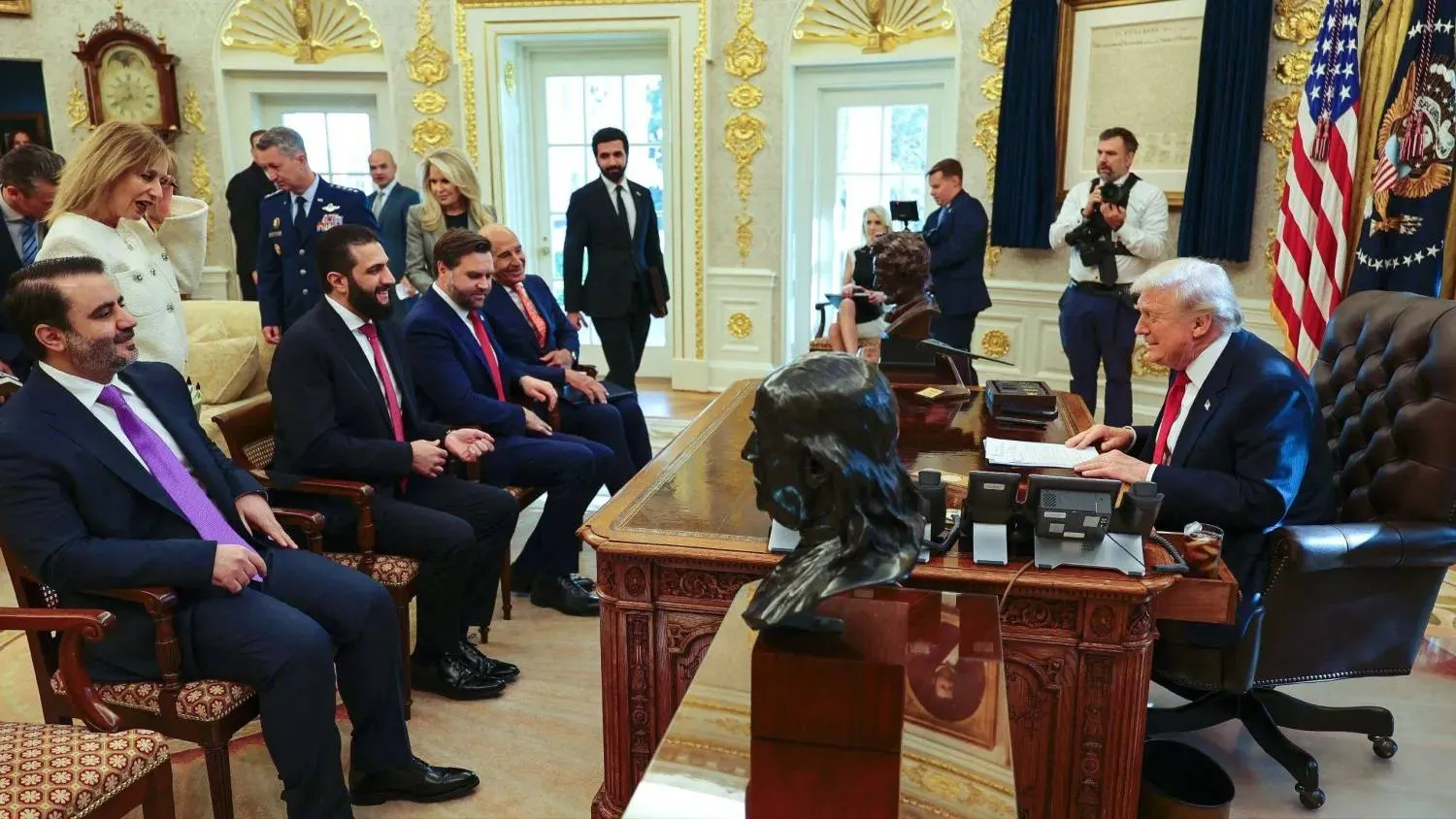Israel is encountering a potential shortage of rocket and missile interceptors in its air defenses, reports revealed on Tuesday a day after the country’s Defense Minister Yoav Gallant admitted Israel needs US support in air armament.
The Yedioth Ahronoth newspaper said that during the security review presented to Israeli ministers Monday, Gallant was asked about armaments.
He replied that there was a large gap when he entered the Defense Ministry, which he instructed to be filled before the start of the war.
Gallant said, “We are still dependent in air armaments and American planes,” but he clarified that “we are working with all our might to promote blue-white production and the development of independence” on the issue of armaments.
Gallant’s comments were confirmed by the London-based Financial Times, which on Tuesday said that Israel faces a severe shortage of interceptor missiles, detailing how the US is rushing to help close the gaps.
According to the report, the Pentagon on Sunday announced the deployment of the THAAD system that will arrive in Israel, in preparation for the expected attack in Iran, which could lead to further regional escalation.
“Israel’s munitions issue is serious,” Dana Stroll, a former senior official at the US Department of Defense, responsible for the Middle East, explained to the newspaper.
“If Iran responds to an Israel attack [with a massive air strike campaign], and Hezbollah joins in too, Israel air defenses will be stretched,” she said, adding that US stockpiles are not limitless. “The US can’t continue supplying Ukraine and Israel at the same pace. We are reaching a tipping point,” she added.
Replenishing stocks
Boaz Levy, chief executive of Israel Aerospace Industries, a state-owned company which makes the Arrow interceptors used to shoot down ballistic missiles, told the newspaper he is running triple shifts to keep production lines running.
“Some of our lines are working 24 hours, seven days a week. Our goal is to meet all our obligations,” Levy said, adding that the time required to produce interceptor missiles is “not a matter of days”.
While Israel does not disclose the size of its stockpiles, he added: “It is no secret that we need to replenish stocks.”
The British newspaper explained that until this week, Israel's three-tiered air defense systems have succeeded in intercepting most of the UAVs and missiles fired by Iran and its proxies at the country.
The Iron Dome system intercepted short-range rockets and UAVs fired by Hamas from Gaza, while the David Slingshot intercepted heavier rockets fired from Lebanon, and the Arrow system stopped ballistic missiles from Iran.
During the Iranian attack in April, according to the Israeli army, a 99% interception rate was achieved against the barrage, which included 170 drones, 30 cruise missiles and 120 ballistic missiles.
Israel reportedly had less success in repelling the second barrage, that took place at the beginning of the month, which included more from 180 ballistic missiles.
Intelligence sources told the newspaper that nearly 30 missiles hit the Nevatim Airbase in southern Israel near Be'er Sheva.
200 missiles
The FT report stirred heated debate in Israel. Brigadier General Zvika Chaimovitz, former commander of the air defense system, told Ynet on Tuesday: “The THAAD system is a significant force component and I don't want to compare it with the Arrow system, but in the end, you add dozens more interceptors.”
“It is a significant force that joins our forces, and we have seen scenarios of 200 missiles. It is assumed that if the conflict with Iran continues, we are expected to see more here.”
“The US is a great power. When you look at capabilities, it's not a numbers game. In the end it's a combination of defense and attack,” he remarked.
Yedioth Ahronoth commentator Ron Ben Yishai pointed out in a recent piece that the agreement being formed with the US to place THAAD in Israel is as much a result of American coercion as it is of Israeli necessity.
“The Israeli army’s need is clear: It needs the addition of American interceptor missiles and launchers to deal with the hundreds of missiles that the Iranians may launch, if and when Israel responds to the attack against it on October 1,” he said.
In this case, the quantities and numbers speak for themselves, noted Ben Yishai. “The more missiles are launched in one or two small volleys in order to saturate the defense systems - the more launchers, interceptor missiles and radars are needed,” he continued.
Yair Katz, the head of the workers union at Israel Aircraft Industries, dismissed the claims, stating that “The Financial Times headline is wrong. Israel has enough interceptors to maintain a war on multiple fronts.”









